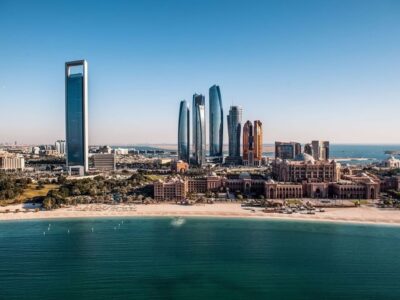Oman plans to boost its 2013 budget spending by 10 percent compared to this year’s plan to fund new infrastructure projects, an official source familiar with the government’s financial planning said on Thursday.
“A 10 percent hike in spending will take care of our growth to fund development projects such as airports, ports, roads, hospitals and in the energy sector,” said the source, who declined to be identified.
The 2013 budget plan would be based on an oil price of US$85 per barrel and assume a deficit of about the same size as the shortfall originally projected for this year, he said.
Oman approved expenditure of OMR10bn (US$26bn) for 2012 with a deficit forecast at OMR1.2bn, based on an assumed oil price of US$75 per barrel.
But high oil prices, currently above US$110 per barrel , are now expected to help Oman run a comfortable surplus this year. Analysts polled by Reuters this week forecast the small non-OPEC oil exporter would show a budget surplus of 8.1 percent of its economic output in 2012.
The sultanate’s budget surplus rose to OMR2bn in January-July, data showed earlier this month. The country, which depends on crude oil for 77 percent of the budget income, sold its oil for US$113 per barrel on average in that period.
The International Monetary Fund forecast in December that Oman’s budget break-even oil price would be US$81 per barrel this year. But that level is expected to rise to US$105 by 2016, according to the IMF.
The Gulf Arab country, which faces a pressing challenge to create tens of thousands of jobs every year for its fast-growing population, boosted spending last year following public protests demanding more jobs and an end to corruption.







